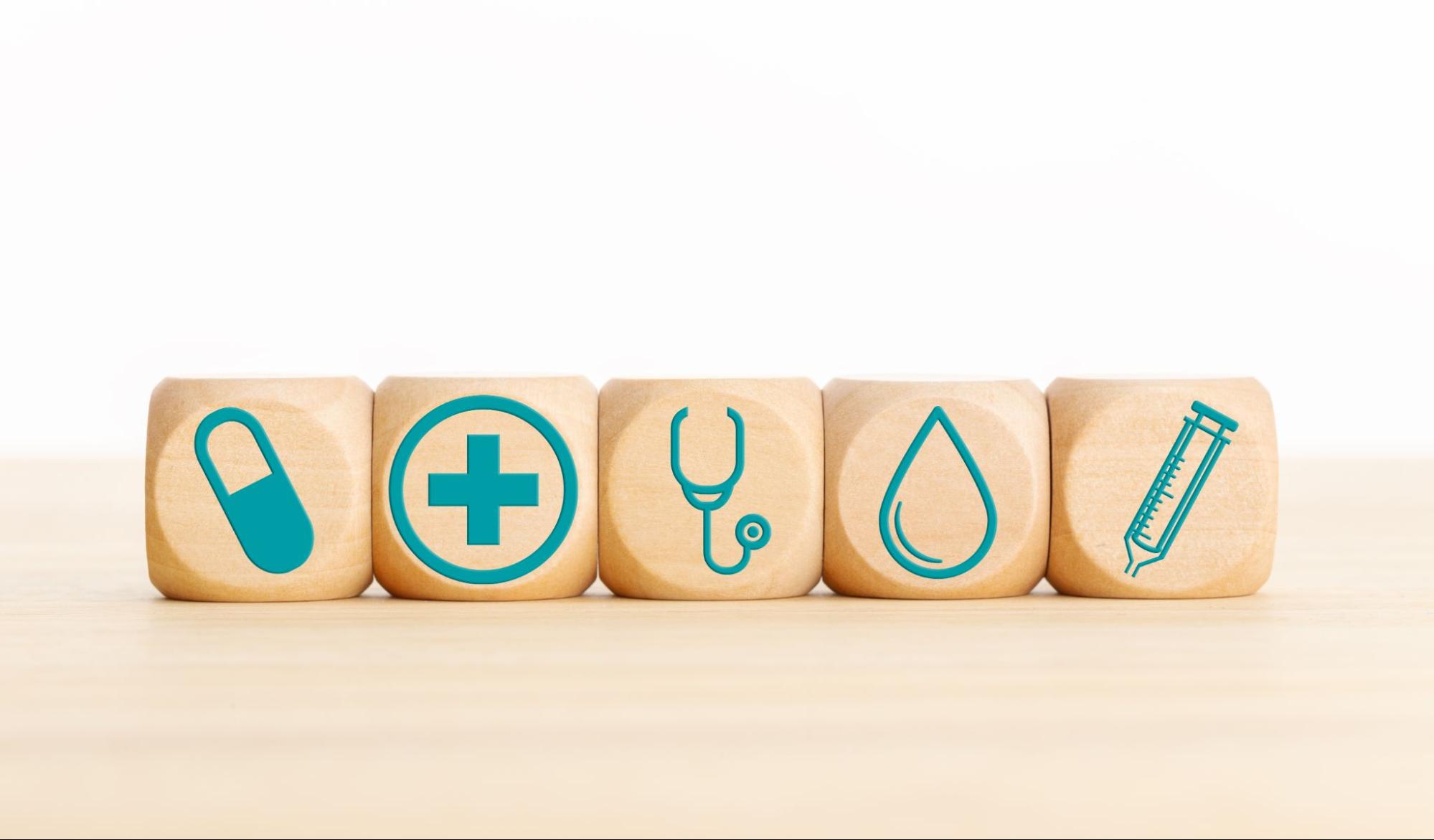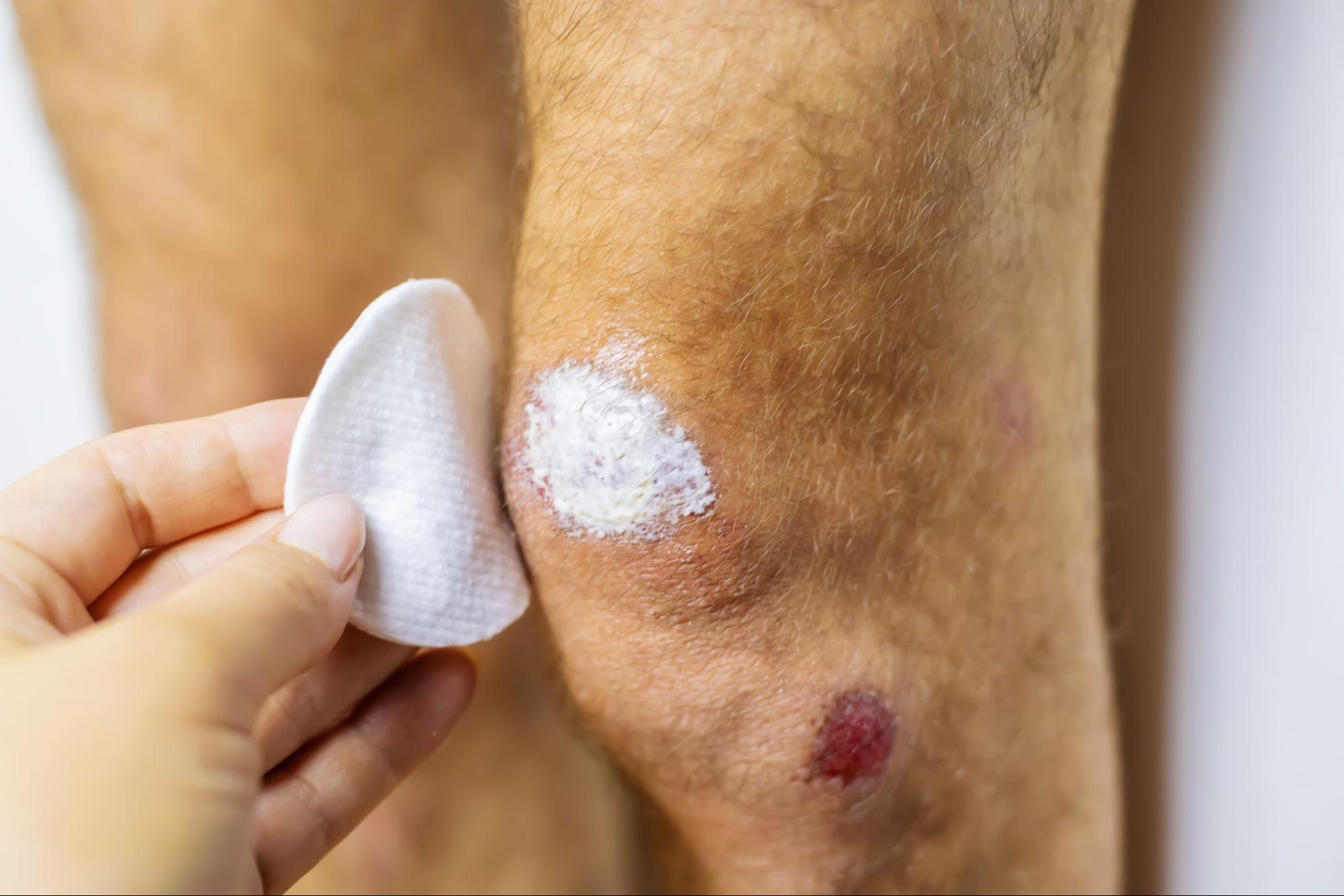
Understanding the Process of Wound Healing
Wound healing is a complex biological process that restores the skin and underlying tissues after injury. Whether caused by a minor cut, a surgical incision, or a severe trauma, the body initiates a natural repair mechanism to close the wound, prevent infection, and rebuild damaged tissues. Understanding how wounds heal can help individuals care for injuries and improve recovery outcomes.
This article explores the stages of wound healing, factors affecting the process, common complications, and best practices for wound care.
The Four Stages During the Process of Wound Healing
The body follows a structured healing process involving four distinct but overlapping stages: hemostasis, inflammation, proliferation, and remodeling (maturation). Each stage plays a vital role in restoring tissue integrity.
1. Hemostasis: Stopping the Bleeding
The first response to a wound is hemostasis, which occurs immediately after injury. This phase is crucial for preventing excessive blood loss and creating an environment for tissue repair. The following are the key essential events that happen in hemostasis:
Vasoconstriction
Blood vessels constrict to reduce blood flow to the wounded area, helping to minimize bleeding while allowing platelets and clotting factors to accumulate and initiate the first steps of wound healing.
Platelet Activation
Platelets rush to the injury site, releasing clotting factors that initiate coagulation. They form a sticky plug that stabilizes the wound and signals other immune cells to assist in the healing process.
Fibrin Clot Formation
The clotting cascade activates fibrin, a protein that forms a mesh-like structure to seal the wound. Fibrin provides a temporary barrier that prevents pathogens from entering and supports the initial stages of tissue repair.
A stable clot stops bleeding and serves as a temporary barrier against infections.
2. Inflammation: The Body’s Defense Mechanism
The inflammatory phase starts within hours and lasts for several days. This stage is essential for preventing infections and setting the foundation for tissue repair. If you’re curious to know what happens during inflammation, the following explains the process:
Immune Cell Activation
White blood cells, predominantly neutrophils, and macrophages, infiltrate the wound to clear bacteria, dead cells, and debris, creating a protective response that reduces infection risk and prepares the site for new tissue formation.
Release of Growth Factors
Macrophages release cytokines and growth factors that attract fibroblasts and initiate tissue repair. These factors stimulate collagen production and promote the development of new blood vessels to sustain the healing process.
Redness and Swelling
Increased blood flow and immune activity cause visible inflammation, which is often accompanied by warmth and mild pain. This inflammation occurs as the body delivers essential nutrients and immune cells to the wound for efficient recovery.
Inflammation is a natural response, but prolonged or excessive inflammation can delay healing and lead to chronic wounds.
3. Proliferation: Tissue Regeneration and New Growth
The proliferation phase begins a few days after the injury and can last up to a few weeks, depending on the severity of the wound. During this phase, new tissue forms to replace the damaged area. These are the major processes that occur in the proliferation stage:
Fibroblast Activity
Fibroblasts produce collagen, a key protein that strengthens the new tissue. It helps rebuild the extracellular matrix and provides structural support for long-term wound stability.
Angiogenesis
New blood vessels form to supply oxygen and nutrients to the growing tissue, ensuring that cells receive adequate resources to sustain repair and prevent tissue breakdown during the healing process.
Granulation Tissue Formation
This pink, bumpy tissue replaces the fibrin clot. It is a foundation for new skin cells, creating a supportive environment that facilitates cell migration and strengthens the wound bed for further healing.
Epithelialization
Skin cells (keratinocytes) migrate across the wound to restore the outer layer of the skin, sealing the surface to prevent infection while gradually improving the skin’s integrity and appearance.
Proper nutrition and moisture management are crucial at this stage to promote cell migration and tissue growth.
4. Maturation (Remodeling): Strengthening the Tissue
The final phase, maturation or remodeling, can last weeks to months and focuses on strengthening the repaired tissue. Here are the key events that happen during maturation:
Collagen Remodeling
Type III collagen is gradually replaced with stronger Type I collagen, enhancing the structural integrity of the new tissue and increasing its resistance to mechanical stress over time.
Wound Contraction
Specialized cells called myofibroblasts pull the wound edges together, reducing the wound size and strengthening the tissue while ensuring a more efficient and complete closure.
Scar Formation
The new tissue becomes more organized, though it may lack the strength and elasticity of uninjured skin, which results in a visible mark that matures and softens over several months.
Although the wound closes, it may take time for the scar to fade and regain flexibility.

Factors That Affect the Process of Wound Healing
Several factors can influence how quickly and effectively a wound heals. These include both internal (biological) and external (environmental) factors.
Internal Factors
Several biological and physiological factors within the body can influence how efficiently a wound heals. These factors play a crucial role in determining the speed and quality of tissue repair:
Age
Older adults tend to heal more slowly due to reduced skin elasticity, weaker immune responses, and slower cell regeneration.
Nutritional Status
Proteins, vitamins (especially C and A), and minerals like zinc are vital for cell repair and immune function.
Chronic Diseases
Conditions like diabetes, peripheral artery disease, and autoimmune disorders can impair blood circulation and delay healing.
Immune Function
A compromised immune system increases the risk of infection and slows wound recovery.
Stress and Hormones
High stress levels and hormonal imbalances (such as those in diabetes or corticosteroid use) can negatively affect healing.
External Factors
Environmental and lifestyle factors can significantly impact wound healing. Certain elements, such as the following, influence how well and quickly the body can repair damaged tissue:
Wound Type and Size
Larger or deeper wounds take longer to heal than minor cuts.
Infection
Bacteria can cause inflammation and tissue destruction, delaying healing.
Oxygen Supply
Poor circulation, smoking, and excessive swelling can limit oxygen delivery, slowing tissue regeneration.
Moisture Levels
Keeping a wound moist (but not overly wet) accelerates healing and reduces scarring.
Medications
Some drugs, such as nonsteroidal anti-inflammatory drugs (NSAIDs) and steroids, can slow healing by interfering with inflammatory and immune responses.
Complications That Arise During the Process of Wound Healing
While most wounds heal without issues, complications can arise, especially if the healing process is disrupted.
Infection
Symptoms of wound infection include redness, swelling, warmth, pain, pus drainage, and fever. In severe cases, infections can lead to abscess formation or sepsis.
Chronic Wounds
Some wounds fail to heal within the expected timeframe and become chronic, often seen in individuals with diabetes, vascular diseases, or prolonged pressure ulcers.
Keloid or Hypertrophic Scarring
Excessive collagen production can lead to thick, raised scars, which may cause discomfort or restrict movement.
Wound Dehiscence
Dehiscence occurs when a surgical wound reopens due to mechanical stress, infection, or inadequate collagen formation.
Ischemia and Necrosis
When there is insufficient blood supply, parts of the tissue can die (necrosis), requiring medical intervention or surgical removal.
Best Care Practices for the Process of Wound Healing
Following proper wound care techniques can significantly improve healing outcomes and minimize complications.
1. Clean the Wound Properly
Proper wound cleaning is essential to prevent infection and support the healing process. Use mild soap and water or an antiseptic solution to cleanse the wound and remove dirt or bacteria. However, avoid using hydrogen peroxide or iodine, as these products can damage healthy cells and delay recovery.
2. Keep the Wound Moist but Not Soaked
Maintaining the proper moisture balance can accelerate healing and reduce the risk of scarring. Apply an antibiotic ointment or a specialized wound dressing to keep the wound moist and promote tissue regeneration. Change dressings regularly to ensure the wound remains clean and free from infection.
3. Protect the Wound From Trauma
Protecting the wound from further irritation is crucial for proper healing. Avoid picking at scabs, which can slow healing and lead to more noticeable scarring. Bandages or gauze help shield the wound from dirt, bacteria, and other external irritants.
4. Maintain Good Nutrition
A well-balanced diet is vital in wound healing, providing the necessary nutrients for tissue repair. Eating foods rich in protein, vitamins C and A, and zinc can support cell regeneration and collagen production. Staying hydrated is also essential, enhancing blood flow and oxygen delivery to the healing tissue.
5. Seek Medical Attention When Needed
While many wounds heal on their own, some require professional medical care. If a wound is deep, continues to bleed excessively, shows signs of infection, or fails to heal correctly, seek medical at

The Process of Wound Healing, Practices, and Recovery
Wound healing is a remarkable biological process that enables the body to repair and regenerate damaged tissues. Understanding the different phases—hemostasis, inflammation, proliferation, and maturation—helps individuals take better care of wounds and support recovery. Several factors, including age, nutrition, and underlying health conditions, can influence healing speed. By following proper wound care practices, minimizing infection risks, and maintaining a healthy lifestyle, individuals can promote faster and more effective healing. If a wound does not heal as expected, medical intervention may be necessary to prevent complications and ensure optimal recovery.
Looking for more insights on wound care and healing? Visit the Stem Health Plus blog for expert advice, the latest research, and practical tips to support your recovery journey. Stay informed and take proactive steps toward better healing today!
